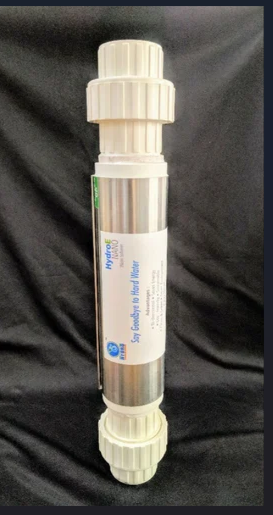Office
No. 85/1, 3rd Main Road, Rajajinagar Industrial town, Bengaluru - 560044, Karnataka, India
Bangalore , karnataka
India (560044)

A water softener system is a critical appliance for many households and industries, especially in regions where hard water is prevalent. Hard water, which contains high levels of minerals like calcium and magnesium, can cause a variety of problems, including scaling on plumbing fixtures, reduced efficiency of appliances, and poor soap and detergent performance. A water softener system mitigates these issues by removing or neutralizing the minerals responsible for water hardness.
The mineral tank is where the actual water softening takes place. Hard water enters the tank and passes through a bed of resin beads. These beads are coated with sodium ions, which are essential for the ion-exchange process. As the hard water flows through the resin, the calcium and magnesium ions in the water are attracted to the resin beads and replace the sodium ions. This process effectively removes the hardness from the water.
The brine tank contains a highly concentrated solution of salt (sodium chloride) or potassium chloride. Periodically, the water softener system must regenerate its resin beads, which involves flushing the mineral tank with the brine solution. This process recharges the resin beads with sodium or potassium ions, enabling them to continue removing hardness from incoming water.
The control valve regulates the flow of water into and out of the mineral tank and brine tank. It also manages the regeneration process by directing the brine solution through the resin beads. Modern control valves are often equipped with digital timers and meters that track water usage and optimize the regeneration cycle to ensure efficient operation and minimal waste.
The primary mechanism of a water softener system is the ion exchange process. When hard water enters the mineral tank, the positively charged calcium and magnesium ions are attracted to the negatively charged resin beads. As these ions attach to the resin, sodium ions are released into the water. This exchange effectively removes the hardness minerals from the water, replacing them with sodium ions.
Over time, the resin beads become saturated with calcium and magnesium ions and lose their effectiveness. To restore their softening capacity, the system undergoes a regeneration cycle. During regeneration, the control valve directs a brine solution from the brine tank into the mineral tank. The high concentration of sodium or potassium ions in the brine displaces the calcium and magnesium ions on the resin beads, flushing them out of the system. The brine solution, now containing the hardness minerals, is then drained away. After the regeneration cycle, the resin beads are recharged with sodium or potassium ions and ready to soften water again.